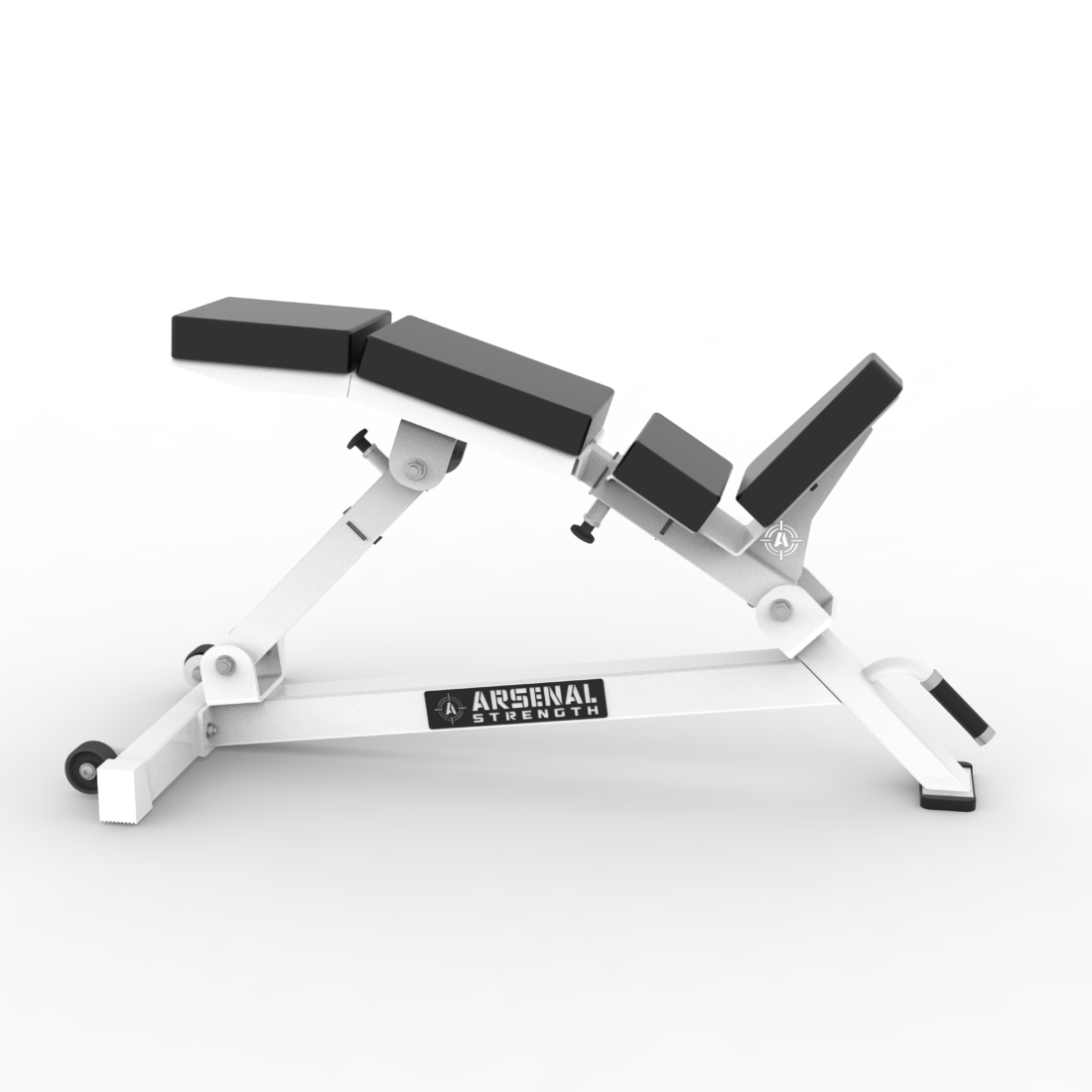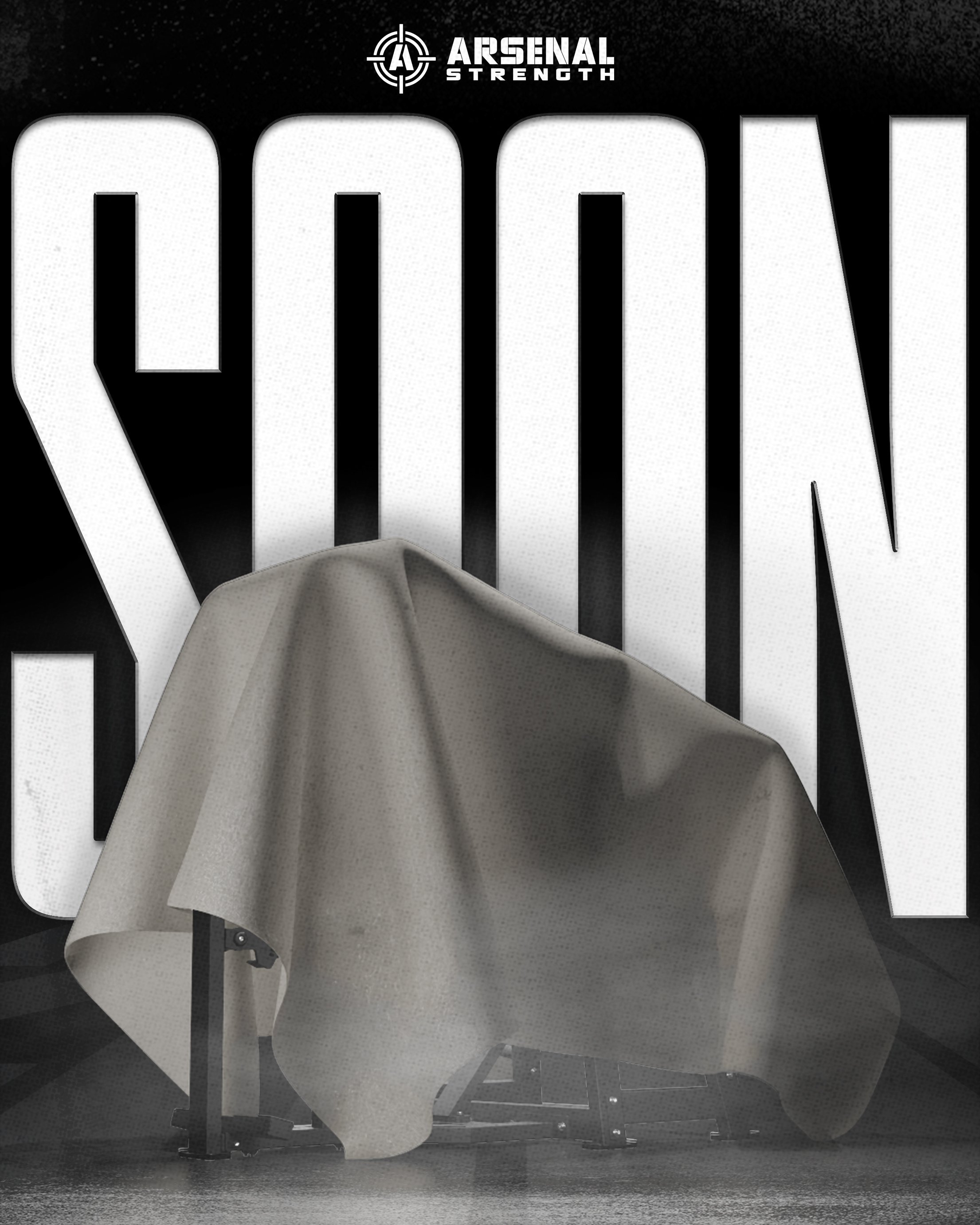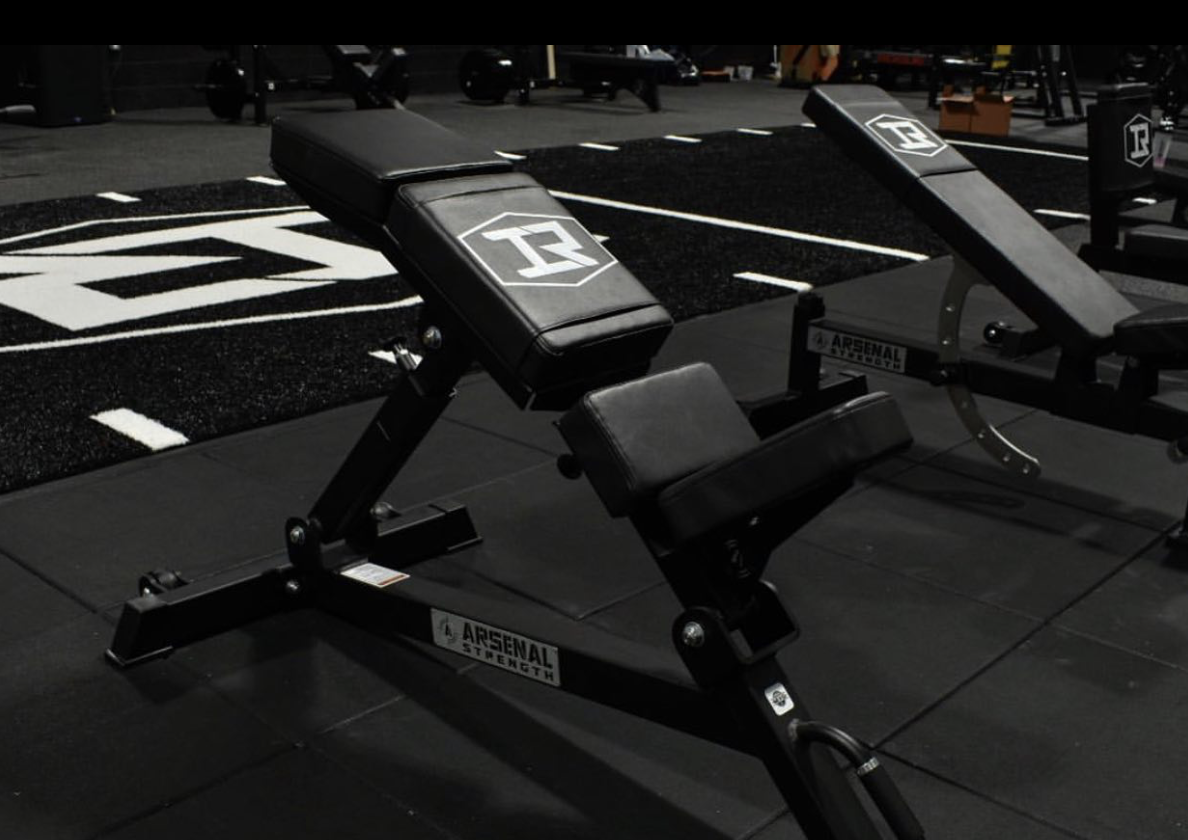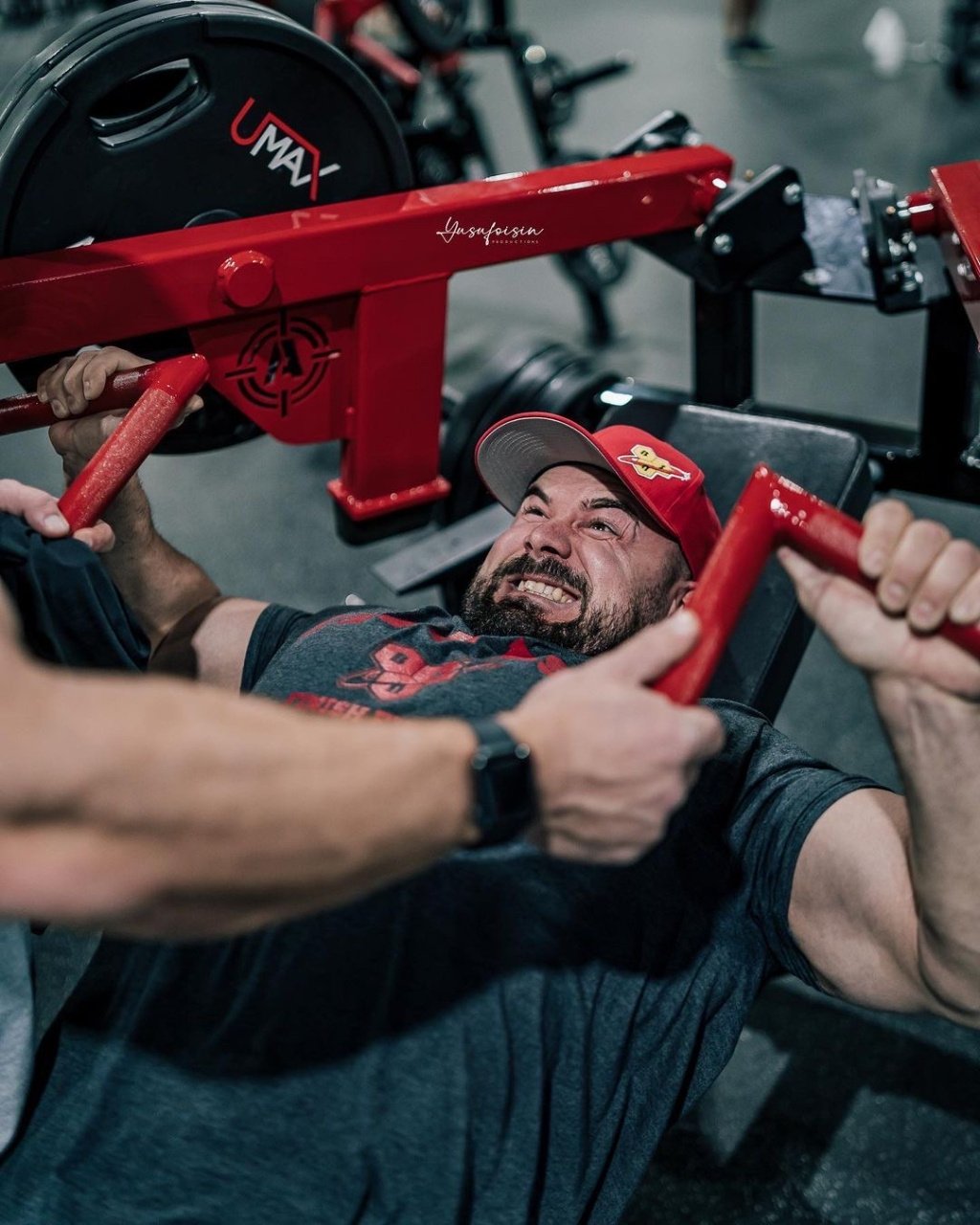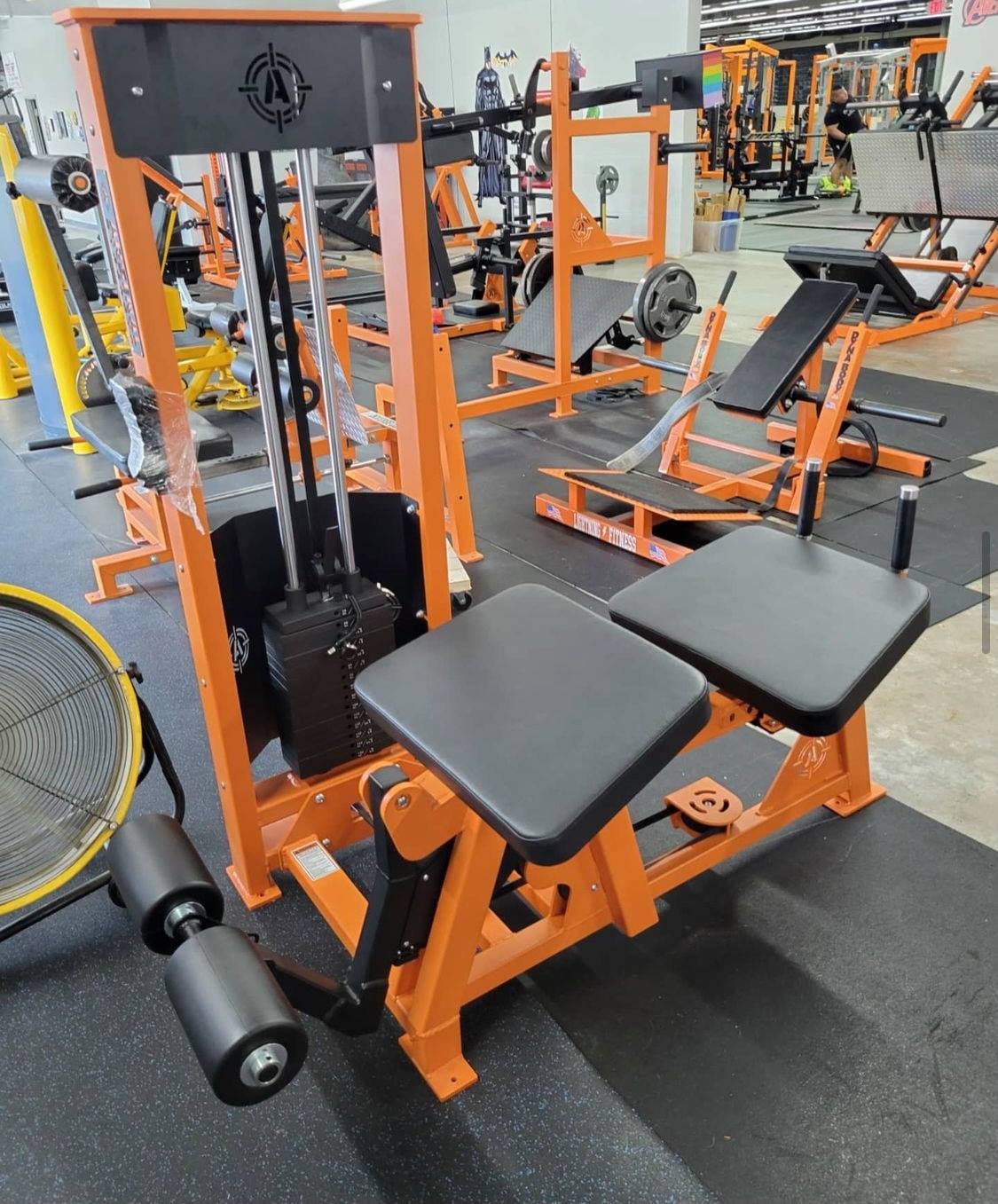Master the High Incline Press for Shoulders Strength
Curious about the high incline press? It’s an excellent exercise to target your upper chest and shoulders. In this article, you’ll learn what the high incline press is, its benefits, and how to perform it right.
- The high incline press is an effective exercise for targeting the upper chest, anterior deltoids, and triceps, offering reduced stress on the rotator cuff compared to the flat bench press.
- Proper setup for the high incline press includes choosing the right bench angle (typically 30 to 60 degrees), maintaining correct grip width, and ensuring stable foot placement for maximum muscle engagement and safety.
- Different variations of the high incline press, such as using dumbbells, the Smith machine, or incorporating bands, can diversify workouts, enhance muscle stabilization, and cater to various fitness goals like strength, hypertrophy, and endurance.
Understanding the High Incline Press
The high incline press, a distinctive and potent exercise, should form a core part of your chest workouts. Unlike the flat bench press, the high incline press places less stress on the rotator cuff, reducing the risk of injury while still allowing you to build significant upper body strength.
As a compound exercise, the high incline press entails pressing a weight upwards while reclining on a bench set at an elevated angle, typically between 30 to 60 degrees. This positioning makes it a superior exercise for honing in on the upper chest and boosting overall upper body strength.
What Is a High Incline Press?
The high incline press is performed on a bench set at a high angle, usually between 30 to 60 degrees, to effectively target the upper portion of the chest muscles, specifically the clavicular head of the pectoralis major, as well as the anterior deltoids and triceps,. This setup shifts the focus from the mid and lower chest to the upper chest, providing a different stimulus than the traditional flat bench press.
Benefits of the High Incline Press
Including the high incline press in your exercise regimen brings several benefits, such as amplified upper chest development and bolstered shoulder strength. This exercise develops the upper portion of the pectoral muscles more effectively than flat bench presses do, and the pressing angle engages both the upper chest and shoulder muscles, leading to improved shoulder strength.
Both novice and seasoned lifters can find this exercise advantageous, as it zeroes in on vital upper body muscles and permits adjustments in muscle recruitment to meet specific objectives.
High Incline vs. Low Incline Press
When comparing high incline and low incline presses, the incline angle of the bench plays a crucial role in muscle engagement. A 30-degree incline is frequently prescribed for effectively focusing on the upper chest during an incline press given that it reduces front deltoid activation.
In contrast, a 45-degree incline engages the anterior deltoids more, benefiting those who train shoulders and chest together. On the other hand, flat bench presses tend to build mass over the entire pectoral muscle, making them better for overall pectoral development.
Setting Up for the High Incline Press
Correct setup for the high incline press is paramount to maximize muscle engagement and lower the risk of injury. This involves choosing the right bench angle, ensuring proper grip width and hand position, and maintaining stable foot placement. Proper setup helps you maintain optimal body positioning and stability during the lift.
Choosing the Right Bench Angle
Selecting the right bench angle is vital to effectively focus on the upper chest muscles. Using the wrong incline can shift the focus to the deltoids instead, reducing the effectiveness of the exercise. A bench angle greater than 60 degrees may shift more work to the shoulders rather than the upper chest, whereas a 60-degree angle is typically recommended for a high incline press.
Proper Grip Width and Hand Position
Correct grip width and hand positioning are key to maximizing muscle engagement and averting injuries. Hands should be positioned slightly wider than shoulder-width apart to ensure optimal muscle engagement. Aligning your wrists and elbows under the bar helps maintain proper hand position and avoid undue stress on the joints.
Foot Placement and Stability
Safe and effective performance of the high incline press depends heavily on foot placement and stability. Feet should be planted firmly on the floor to provide a stable base and enable better power transfer. Keeping your feet flat on the ground with a slight outward angle enhances stability during the lift.
Performing the High Incline Press
Perfecting the high incline press technique involves mastering three crucial steps: unracking the barbell, lowering the bar and pressing the weight upwards. Proper execution of these steps ensures maximum muscle engagement and reduces the risk of injury.
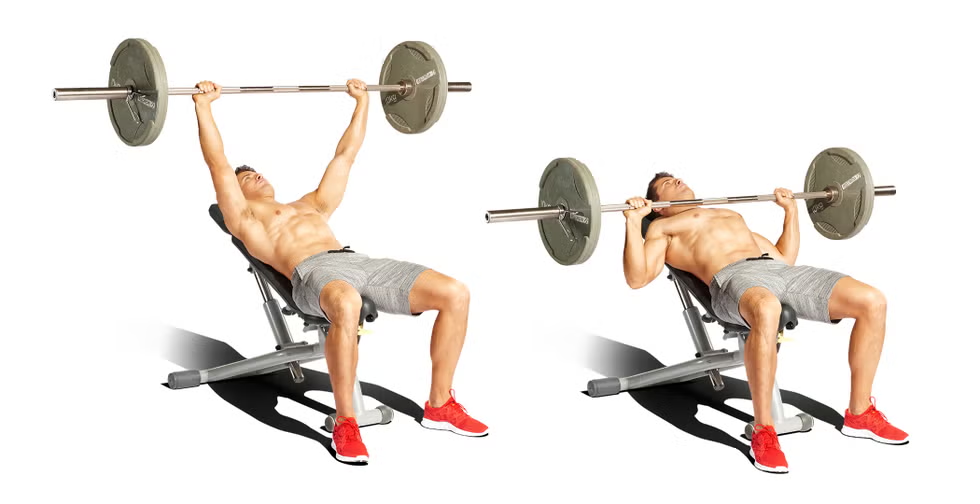
Unracking the Barbell
To safely unrack the barbell, position your eyes directly under the bar to ensure proper alignment. Engage your core and maintain a neutral spine for stability.
Lowering the Bar
Lowering the bar with control is crucial for muscle engagement. Maintain a controlled descent with a tempo of about 2-3 seconds to maximize muscle engagement.
To perform the flat barbell bench press, lower the barbell towards the upper chest by bending the elbows, keeping them at a 45-degree angle to the body.
Pressing the Weight Up
Press the bar up explosively but with control, maintaining proper form to optimize engagement of the chest and triceps muscles. Avoid locking out your joints by keeping a slight bend in your elbows at the top of the movement.
Common Mistakes and How to Avoid Them
Steering clear of common errors during the high incline press is key to optimizing its effectiveness and averting injuries. Common mistakes include flaring elbows outward, arching the lower back excessively, and using an inadequate range of motion.
Flaring Elbows Outward
Flaring elbows outward during the high incline press can increase stress on the shoulder joints and reduce the efficiency of the exercise. To avoid this, keep your elbows at a 45-degree angle to the body and think about ‘tucking’ them closer to the body, engaging your shoulder blades.
Arching the Lower Back Excessively
Arching the lower back excessively can lead to injuries. Maintaining a slight natural arch in the lower back without overextending helps prevent strain and maintain proper form.
Inadequate Range of Motion
Inadequate range of motion limits muscle activation and growth. Ensure a full range of motion by lowering the barbell all the way down to your chest and then pressing it back up until your arms are fully extended.
Variations of the High Incline Press
Adding incline bench press variations to your workout can infuse diversity and stimulate muscles from different angles. Some effective variations include the dumbbell high incline press, Smith machine high incline press, and banded high incline press.
Dumbbell High Incline Press
The dumbbell high incline press increases the range of motion and muscle stabilization due to the freedom of movement. Using dumbbells helps address unilateral imbalances and activates stabilizing muscles.
Smith Machine High Incline Press
The Smith machine high incline press provides a stable guided path, making it suitable for beginners. It requires less stability compared to the barbell incline bench press and is more geared towards hypertrophy.
Banded High Incline Press
Adding resistance bands to the high incline press introduces variable resistance, making the top of the movement more challenging and enhancing muscle stability.
Programming the High Incline Press
The high incline press can be customized to suit various fitness objectives, whether your aim is to build strength, increase muscle mass or enhance endurance. Knowing how to adjust sets, reps, and rest periods is key to achieving your specific objectives. An adjustable bench can be a valuable addition to your workout routine, providing versatility and support for the incline press.
Strength Focus
For optimal strength development, perform six to eight sets of two to five repetitions. This combination of low repetitions and higher sets enhances the capacity for explosive strength and power, crucial for significant strength gains. Ensure proper form and keep one or two reps in the tank to avoid injury when using heavy weights.
Hypertrophy Focus
Hypertrophy-focused training aims to increase muscle size by optimizing volume and intensity parameters. Perform the high incline press with moderate to high reps, typically 8-12 reps per set.
Three to four sets of these reps with moderate to heavy weights ensure effective muscle growth.
Endurance and Conditioning
To improve muscular endurance, use higher rep ranges and shorter rest periods. Incorporate techniques like pause reps or tempo variations to enhance conditioning and overall endurance. This approach can significantly benefit your overall conditioning and upper body strength.
Muscles Worked by the High Incline Press
The high incline press mainly focuses on the upper pectoral muscles, anterior deltoids, and triceps brachii. Understanding which muscles are engaged can help you optimize your workout and achieve balanced muscle development.
Upper Pectoral Muscles
The high incline press specifically targets the clavicular head of the pectoralis major. This focus on the upper chest helps enhance the overall aesthetics and strength of the upper body, making it a valuable exercise for athletes and bodybuilders alike.
Anterior Deltoids
The anterior deltoids are significantly engaged during the high incline press, especially when the bench angle is set higher than 30 degrees. This movement not only targets the upper chest but also enhances shoulder strength and stability.
Triceps Brachii
The triceps brachii muscle is heavily recruited during the pressing movement of the high incline press. This involvement helps in extending and straightening the upper arm, contributing to overall upper body strength and muscle development.
Who Should Include the High Incline Press in Their Routine
A broad spectrum of individuals, such as bodybuilders, athletes, and fitness enthusiasts, can reap benefits from the high incline press. Each group can leverage this exercise to achieve specific fitness goals and enhance overall upper body performance.
Bodybuilders
Bodybuilders can use the high incline press to specifically target the clavicular head of the pectoralis major for enhanced upper chest aesthetics. Incorporating this exercise helps achieve a more defined upper chest and balanced muscle development.
Athletes
Athletes can benefit from the high incline press and overhead press to improve upper body power and stability, which are crucial for performance in various sports. This exercise also enhances shoulder stability, essential for better athletic performance in overhead sports.
Fitness Enthusiasts
Fitness enthusiasts looking to diversify their chest workouts can incorporate the high incline press to target different muscle angles and promote muscle growth. This exercise is effective for improving upper body strength and aesthetics, making it a valuable addition to any workout routine.
In summary, the high incline press is a powerful exercise for building upper body strength, enhancing upper chest development, and improving shoulder stability. By understanding the proper setup, technique, and variations, you can effectively incorporate this exercise into your routine to achieve your fitness goals.
Whether you are a bodybuilder aiming for a balanced chest, an athlete seeking improved performance, or a fitness enthusiast looking to diversify your workouts, the high incline press offers numerous benefits. Mastering this exercise will not only help you build a strong and defined upper body but also contribute to overall functional strength.
Frequently Asked Questions About The High InCLine Press
What is the optimal bench angle for the high incline press?
For the high incline press, a bench angle of 30 degrees is recommended to target the upper chest while minimizing front deltoid activation. This angle range is between 30 to 60 degrees.
How does the high incline press differ from the flat bench press?
The high incline press targets the upper portion of the pectoral muscles, while the flat bench press builds mass over the entire pectoral muscle evenly. This can help you choose the exercise that suits your specific training goals.
What are the benefits of incorporating the high incline press into my workout?
Incorporating the high incline press into your workout can enhance upper chest development, improve shoulder strength, and reduce the chance of injury to the rotator cuff compared to flat bench presses.
Can beginners perform the high incline press?
Yes, high incline press can be performed by beginners and offers benefits for targeting essential upper body muscles and specific goals.
What are some variations of the high incline press?
You can try variations such as the dumbbell high incline press, Smith machine high incline press, and banded high incline press to add variety to your workouts and target muscles differently.
Additional Incline Press Resources:
Arsenal Strength Smith Machine

